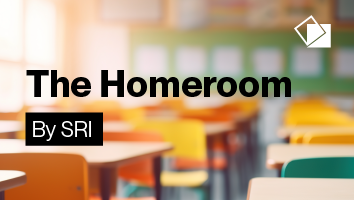Citation
Han-Pang Chiu, Xun S. Zhou, Luca Carlone, Frank Dellaert, Supun Samarasekera, Rakesh Kumar: Constrained optimal selection for multi-sensor robot navigation using plug-and-play factor graphs. ICRA 2014: 663-670
Abstract
This paper proposes a real-time navigation approach that is able to integrate many sensor types while fulfilling performance needs and system constraints. Our approach uses a plug-and-play factor graph framework, which extends factor graph formulation to encode sensor measurements with different frequencies, latencies, and noise distributions. It provides a flexible foundation for plug-and-play sensing, and can incorporate new evolving sensors. A novel constrained optimal selection mechanism is presented to identify the optimal subset of active sensors to use, during initialization and when any sensor condition changes. This mechanism constructs candidate subsets of sensors based on heuristic rules and a ternary tree expansion algorithm. It quickly decides the optimal subset among candidates by maximizing observability coverage on state variables, while satisfying resource constraints and accuracy demands. Experimental results demonstrate that our approach selects subsets of sensors to provide satisfactory navigation solutions under various conditions, on large-scale real data sets using many sensors.


